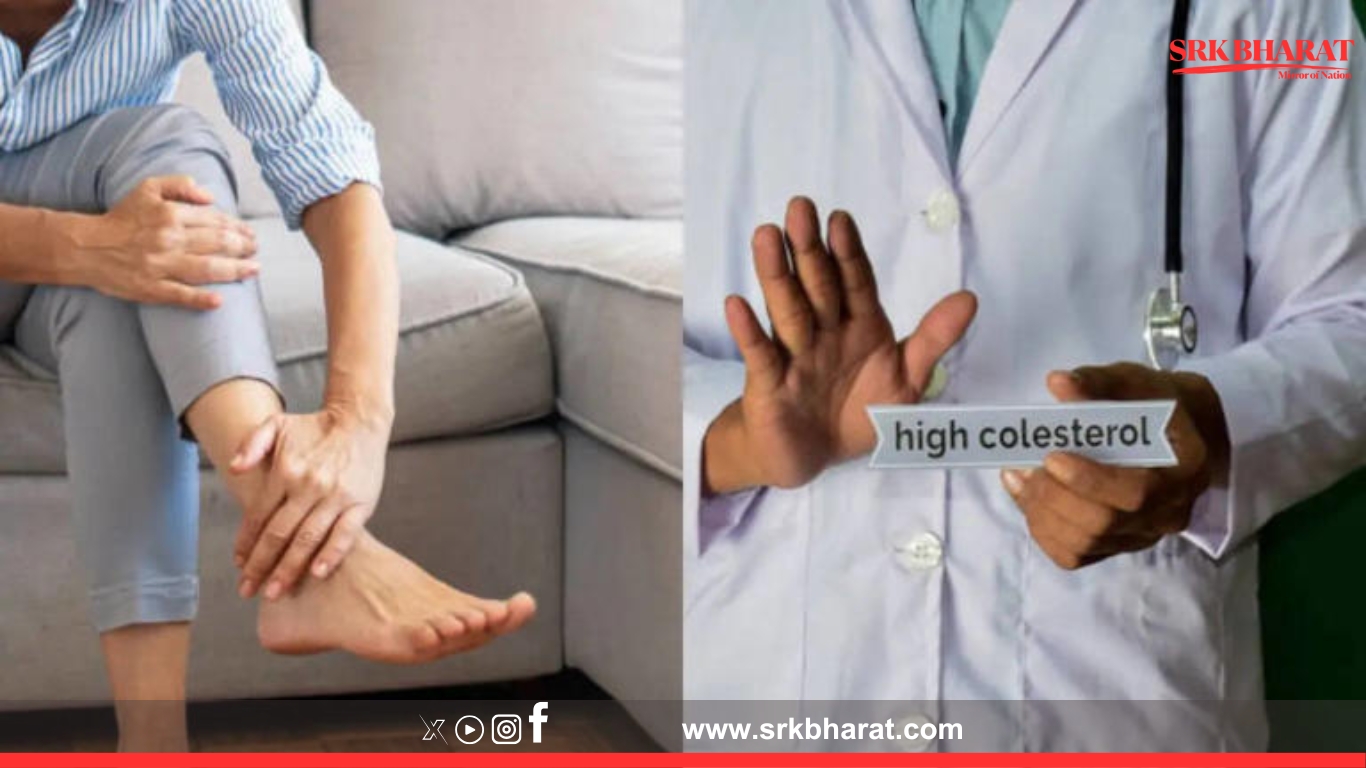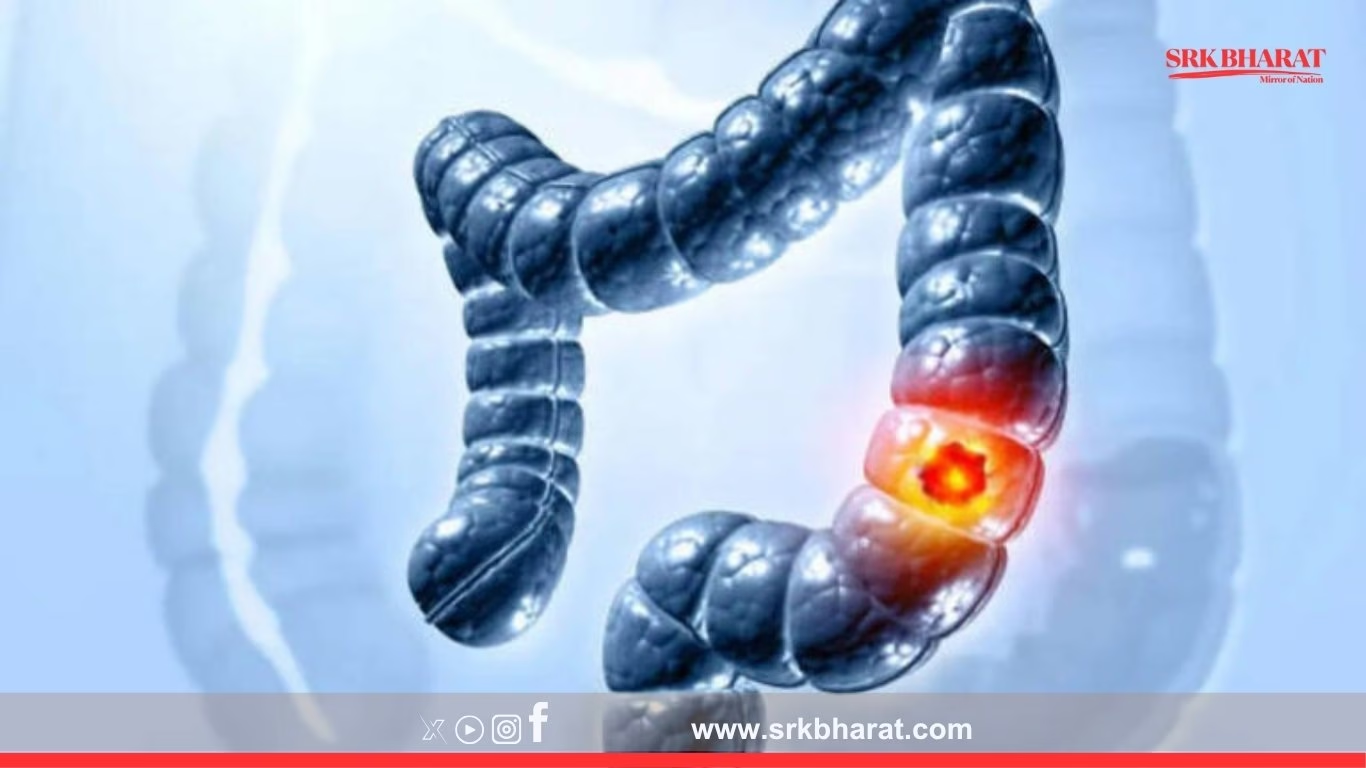Experiencing persistent leg pain and cramps could be more than just muscle fatigue—it may indicate high cholesterol levels, leading to peripheral artery disease (PAD). PAD occurs when cholesterol buildup narrows arteries, reducing oxygen-rich blood flow to the legs, especially during physical activity.
How High Cholesterol Causes Leg Pain
- Restricted blood flow leads to muscle cramps, numbness, and weakness.
- Cold feet and toes may indicate poor circulation.
- Skin changes, including pallor or bluish discoloration, can be warning signs.
- Slow-healing wounds on the legs may suggest severe arterial blockage.
Ways to Control High Cholesterol
Experts recommend the following lifestyle changes to reduce cholesterol levels and improve circulation:
- Adopt a heart-healthy diet rich in fiber, omega-3 fatty acids, and lean proteins.
- Exercise regularly to enhance blood flow and arterial health.
- Quit smoking, as it worsens PAD and cholesterol-related complications.
- Manage diabetes and hypertension, which are major risk factors for PAD.
- Consult a doctor for cholesterol-lowering medications if necessary.
When to Seek Medical Help
If you experience persistent leg cramps, cold feet, or numbness, consult a healthcare provider to assess cholesterol levels and arterial health. Early intervention can prevent complications such as critical limb ischemia.











